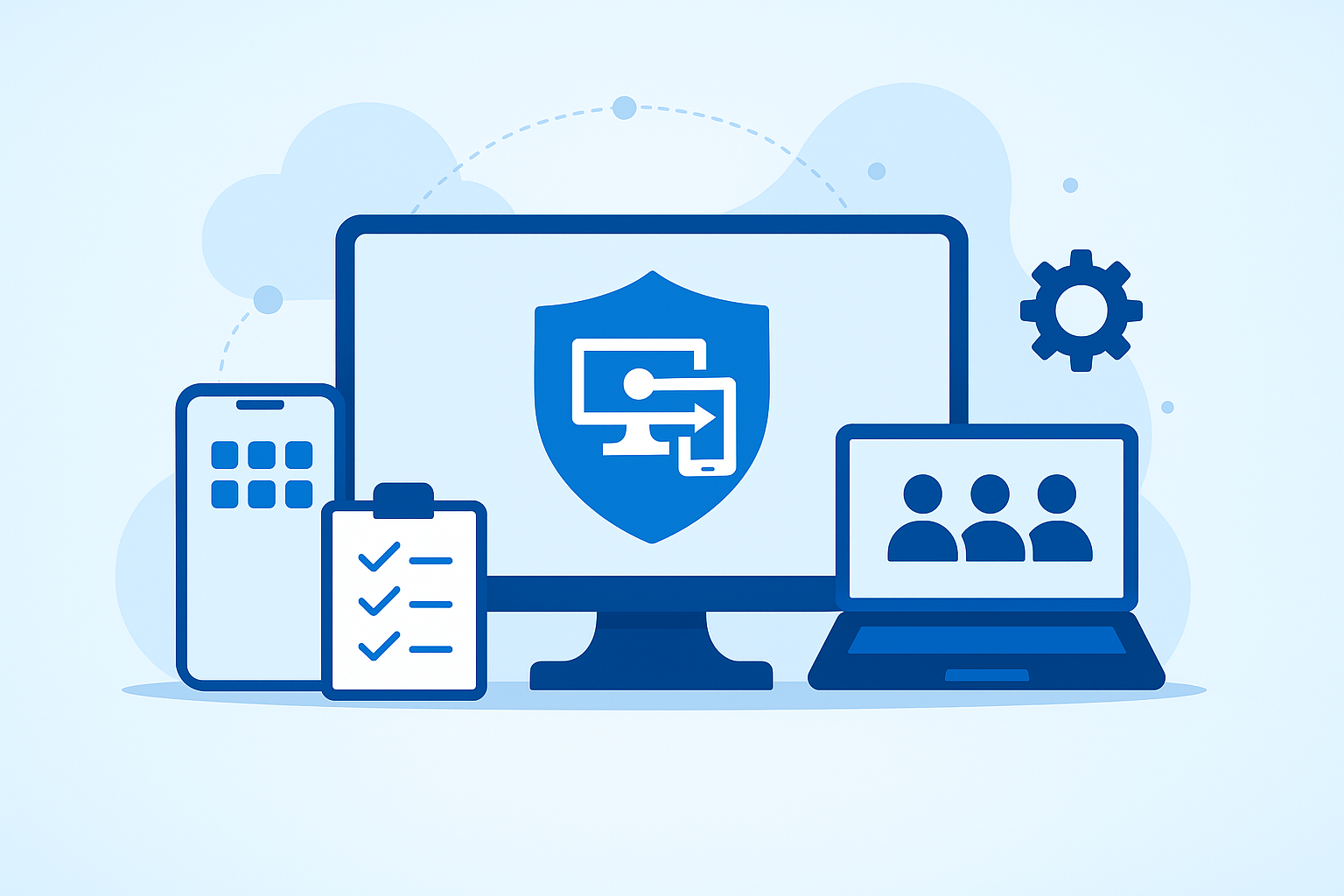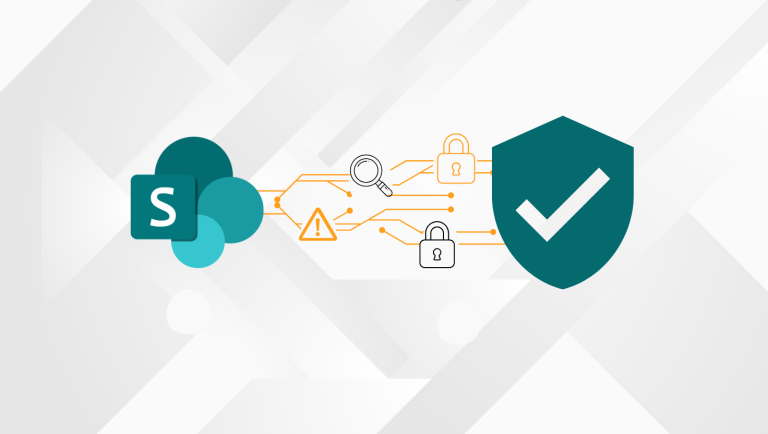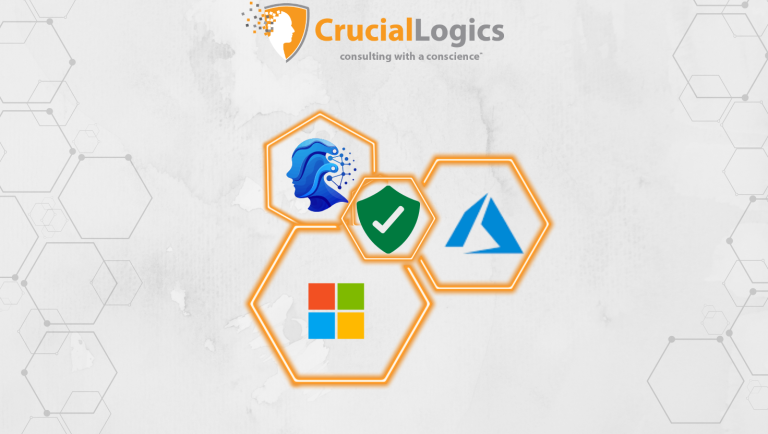Microsoft Intune is a revolutionary tool in modern device management and security posture enhancement. As organizations expand mobility and cloud adoption, securing mobile devices, apps, and organizational data has become a critical challenge.
In modern cybersecurity, employees remain the weakest line of defense — oftentimes not from neglect but from the risks introduced by unmanaged mobile apps, porous endpoints, and personal devices. Microsoft Intune provides an intuitive, cloud-based endpoint management solution that enables organizations to manage devices, enforce security policies, and streamline app protection policies with seamless integration across the environment.
This guide explores how to secure endpoints with Microsoft Intune, its key features, and how it works.
Microsoft Intune – a unified platform to protect and manage endpoints
Microsoft Intune is Microsoft’s cloud-based service that enables organizations to enforce comprehensive app and device management across both organization-owned devices and BYOD setups. It provides IT teams with a unified platform to establish consistent security controls, ensuring that policies extend seamlessly across all devices in use within the enterprise.
Through mobile application management (MAM) and mobile device management (MDM), Intune enforces company-wide compliance rules and standardized configurations. These capabilities not only safeguard corporate data but also ensure that compliant devices are granted access to approved resources while encryption measures protect sensitive information in transit and at rest.
For organizations with distributed or hybrid workforces, Intune delivers additional flexibility. Remote workers can have their devices configured with secure settings, while administrators can apply conditional access policies and leverage zero-trust security architecture principles. This layered approach protects specific user groups, reinforces data security, and ensures sensitive data remains secure across all endpoints, regardless of device location or ownership.
Another strength of Intune lies in its ability to work seamlessly within the broader Microsoft ecosystem. It integrates closely with Microsoft Entra for identity management and Microsoft 365 for productivity and collaboration, allowing IT teams to consistently manage end-user access. This integration helps unify security and compliance, ensuring that identity, access, and device management operate together as part of one cohesive framework.
Key features of Microsoft Intune
Microsoft Intune features offer a comprehensive endpoint management solution that simplifies operations, enhances security measures, and consolidates disparate tools into a single platform.
Device management
Device management in Intune provides administrators with flexible options for both the organization’s devices and personal devices. Users can complete mobile device enrollment to access VPNs and internal resources securely.
Admins can enforce device configuration by pushing security certificates, applying compliance rules, or deploying endpoint security software. Intune enables remote management of desktop computers, Android devices, and virtual endpoints, ensuring consistent data protection across all environments.
Partial control is possible for BYOD — such as requiring MFA for Microsoft Teams — while co-management with Microsoft Endpoint Manager offers a balance of flexibility and oversight.
App management
App management capabilities in Intune are designed to protect corporate data across platforms. Admins can publish and configure apps, enforce application management policies, and apply updates to reduce security threats.
Using mobile application management, Intune lets IT teams configure apps for specific user groups, enforce security settings, and apply patches. This ensures compliance rules are upheld while also supporting enhanced security for mobile apps.
By combining MAM with MDM, organizations gain greater control over management and security, ensuring apps and endpoints align with data security requirements and robust Identity and Access Management.
Application management and security
Modern business operations create risks when employees — including executives — use personal devices to access corporate data. Intune addresses this through app protection policies such as:
- Restricting access based on device health
- Encrypting Microsoft cloud data in transit and at rest
- Applying conditional access so only compliant devices and trusted users can connect
- Separating personal and business apps to lower security risk
These controls help enforce data management best practices while minimizing leakage. Remote wipe functionality further protects sensitive data by enabling the selective removal of organizational data on lost or stolen devices.
Device compliance with conditional access
Microsoft Intune works in tandem with Entra to deliver device compliance and conditional access policies. Neither function is effective without the other — compliance defines standards, while conditional access enforces them.
Organizations can ensure only compliant devices connect, enforce security settings, and reduce risk exposure. Exceptions can be configured for emergency accounts or service principals to ensure continuity of access without undermining trust security architecture.
Zero-touch deployment
Traditionally, IT needed to manually configure organization-owned devices before distributing them. With Microsoft Intune, administrators can leverage Windows Autopilot and vendor integrations for zero-touch deployment.
Devices arrive pre-configured with app management, device configuration, and security policies. This reduces manual errors, speeds up delivery, and helps streamline management of large deployments while maintaining compliant device access standards.
How Microsoft Intune works
The Microsoft Intune Suite provides administrators with a centralized portal for management and security. It covers three main areas:
1) Device enrollment
Devices are enrolled via Windows Autopilot, Apple enrollment, or manual registration, supporting both organization-owned devices and BYOD.
2) Policy configuration
Admins define policies to configure device settings, enforce compliance rules, and configure apps. These policies ensure only compliant devices access business resources, enforcing app protection policies and consistent user access.
3) Monitoring and reporting
Dashboards provide visibility into device health, security posture, and security threats. Reports track compliance, patch status, and misconfigurations, giving IT leaders actionable insights into how Intune manages user access and overall endpoint management.
Benefits of Microsoft Intune and Security Issues Solved
Microsoft Intune helps organizations address some of the most pressing challenges in modern IT and security management by providing a unified, cloud-driven approach. Its benefits extend beyond device control, delivering measurable improvements to visibility, compliance, and resilience.
Security visibility – Intune offers IT leaders a unified view across endpoints, applications, and organizational data. This consolidated visibility enables faster identification of vulnerabilities, better tracking of compliance issues, and improved oversight of enterprise-wide security posture.
BYOD – Intune secures personal devices without exerting overreaching control, giving employees the freedom to use their own hardware while ensuring corporate data remains protected. This balance preserves user privacy and productivity while still meeting organizational compliance requirements.
Endpoint overload – Many organizations face inefficiencies caused by multiple redundant agents installed on devices. Intune addresses this by consolidating management into a based endpoint management solution, streamlining tools, minimizing performance impact, and creating a cleaner, more efficient endpoint environment.
Poor patch management – Delays in patching can expose endpoints to unnecessary risk. Intune integrates with Microsoft Configuration Manager for co-management, allowing administrators to roll out updates faster, monitor patch adoption in real time, and reduce the gap between vendor release and enterprise deployment.
Social engineering protection – Intune extends security beyond simple compliance. With built-in endpoint security features and intelligence from Microsoft Security Copilot, organizations can better detect, prevent, and mitigate security threats such as phishing, credential theft, and other forms of social engineering.
Conclusion
One of the key benefits of Microsoft Intune is its ability to unify app and device management, data protection, and endpoint security into one cloud-based service. By leveraging tools like Windows Autopilot, co-management with Microsoft Endpoint Manager, and integrations across Microsoft Cloud, organizations can maintain enhanced security and lower security risk.
Although extending dashboards to non-Windows systems can be challenging, Microsoft Intune delivers the foundation for enterprise mobility, comprehensive application management, and the ability to enforce security policies at scale.
At CrucialLogics, we believe security does not need to be complex. Our approach bundles Microsoft solutions into one unified stack to help you get started with Microsoft Intune effectively.
For a consultation on Microsoft Intune configuration and deployment, contact us today.
Frequently asked questions
What is Microsoft Intune used for?
Microsoft Intune is a cloud-based endpoint management solution designed to manage devices, secure apps, and protect corporate data through unified management and security policies.
Does Intune track phone activity?
No, Microsoft Intune focuses on app protection policies and device compliance, not personal activity. Employers see security settings and compliance data, not personal content.
What can employers see with Microsoft Intune?
Employers can monitor device compliance, applied security measures, and whether sensitive data is being protected, but cannot see personal content on BYOD devices.






